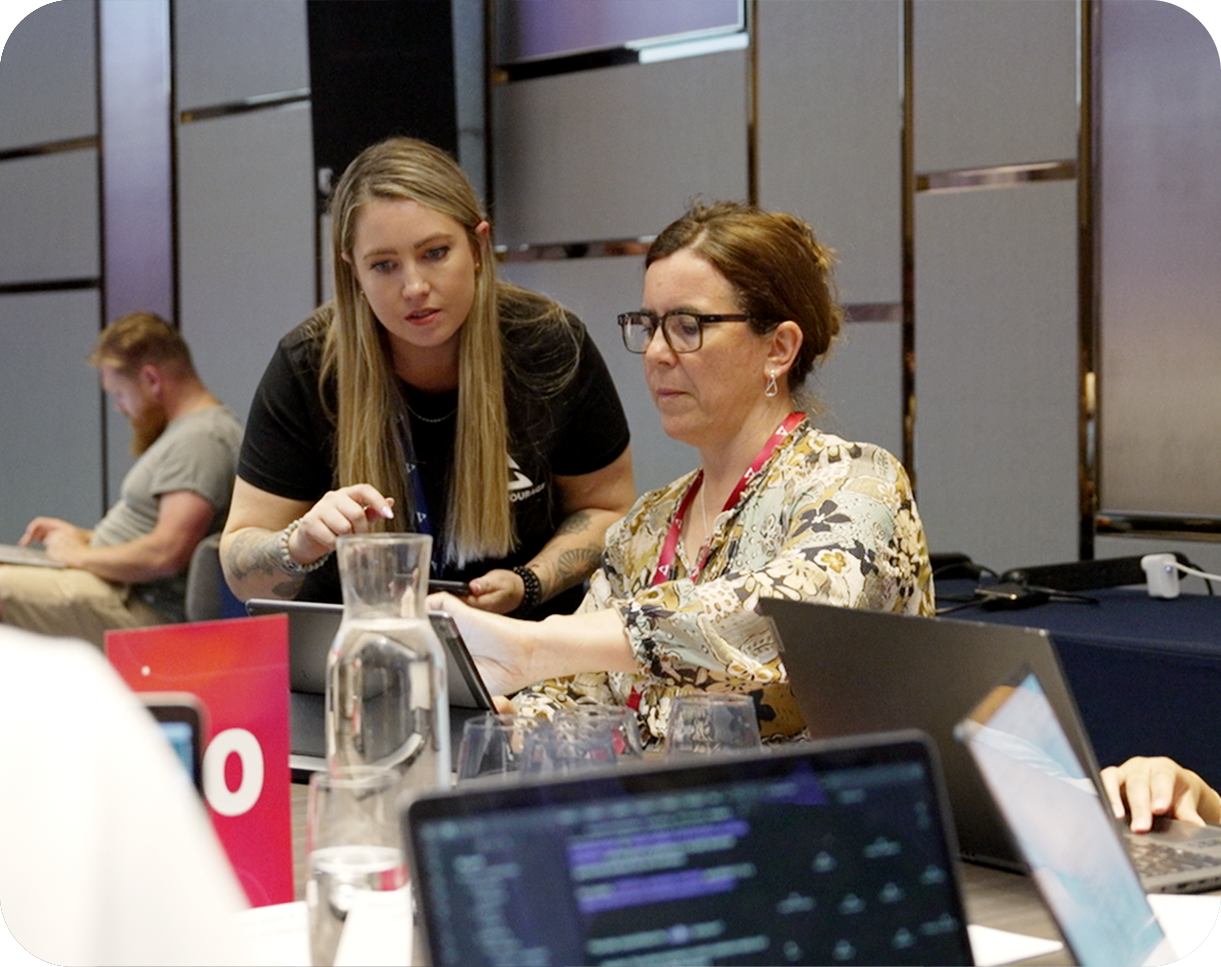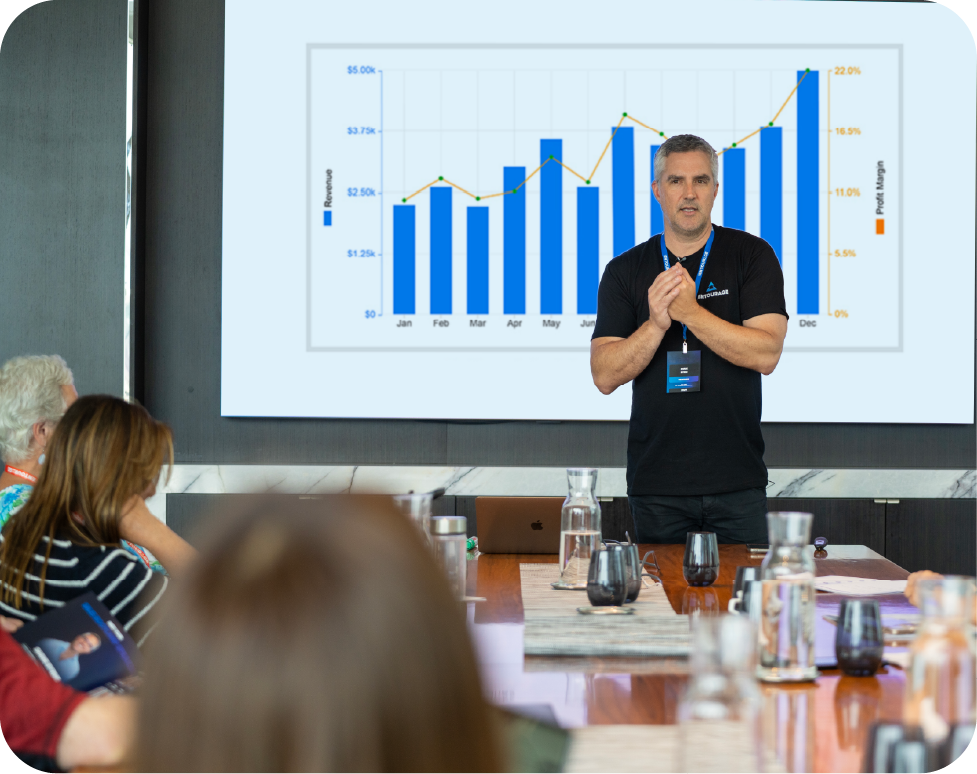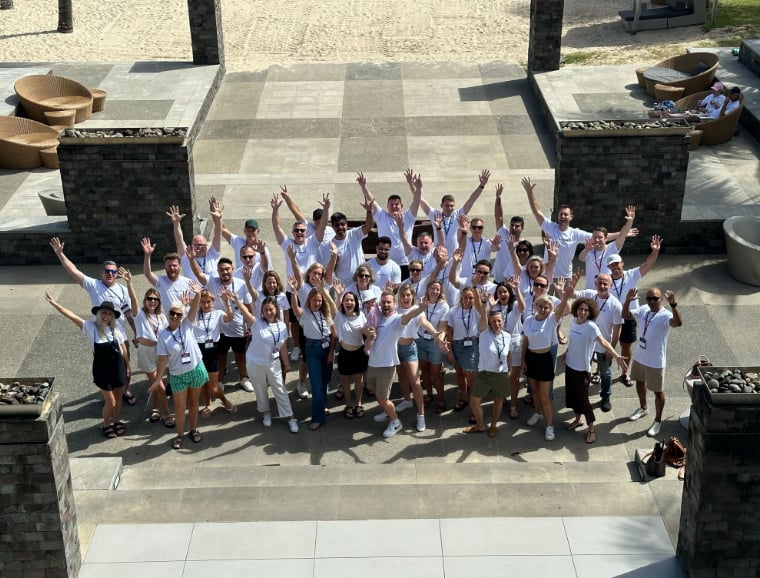Chatbots have come a long way from simple scripted programs that handled basic queries. Today, they’re AI-powered virtual assistants transforming how businesses interact with customers, manage workflows, and streamline internal operations. But this is just the beginning. The next decade promises even more exciting advancements in chatbot technology—driven by artificial intelligence (AI), machine learning (ML), natural language processing (NLP), and the broader digital transformation landscape.
In this blog post, we’ll explore chatbot trends, emerging technologies, evolving use cases, and expert insights that will shape the future of chatbots through 2035.
If you’re looking to stay ahead of the curve, experts like CHI Software offer cutting-edge solutions in chatbot development that are custom-built for your business needs. As leaders in AI and chatbot technology, CHI Software helps companies adopt smarter, more efficient conversational systems that align with future demands.
The Evolution So Far: From Rules to Intelligence
Chatbots started as rules-based systems. They followed pre-defined scripts and could only manage structured questions. The game-changer came with AI and NLP integration, which enabled bots to understand and mimic human conversation more effectively.
Today’s best-in-class chatbots:
-
Use sentiment analysis to understand user emotions
-
Integrate seamlessly with CRMs and internal databases
-
Support voice, image, and text input
-
Learn continuously through user interactions
This is the foundation we’re building on for the next decade.
Chatbot Trends That Will Define the Next 10 Years
1. Hyper-Personalization Through AI & Data Integration
The future of chatbots will revolve around delivering deeply personalized experiences. Powered by AI and massive data sets, chatbots will analyze user history, preferences, and real-time behavior to deliver tailored recommendations and responses.
Expect to see:
-
Customer support bots that know your purchase history
-
HR chatbots that deliver employee-specific information
-
E-commerce bots that suggest products based on browsing behavior
2. Multimodal and Multilingual Capabilities
Next-gen bots will be able to interact across voice, text, video, and images—seamlessly. Tools like OpenAI’s GPT-4o already support multimodal inputs, and we can expect widespread adoption in both consumer and enterprise contexts.
Plus, with global markets becoming more digitally connected, multilingual chatbots will become standard. Advanced NLP models will enable real-time language translation, making it easier for brands to scale internationally.
3. Voice-First Interfaces
The rise of smart speakers, wearables, and in-car systems is pushing chatbots toward voice-first experiences. In the next decade:
-
Voice chatbots will be embedded in IoT devices
-
Businesses will deploy voice bots for customer service and sales
-
Users will expect natural, accent-aware voice interactions
This trend is particularly relevant for industries like healthcare, automotive, and hospitality where hands-free interaction is a game-changer.
4. Emotional Intelligence and Sentiment-Aware Bots
One of the most exciting chatbot trends is the incorporation of emotional intelligence. Sentiment-aware chatbots can:
-
Detect frustration, anger, or satisfaction in real-time
-
Adjust tone, language, and escalation logic
-
Improve customer satisfaction and reduce churn
This has big implications for customer support, mental health applications, and even employee wellness bots.
5. Deeper Business Integration
Future chatbots will function less as isolated tools and more as deeply integrated business assets. They’ll automate workflows, generate analytics, assist in hiring, monitor security, and manage supply chains.
For example:
| Use Case | Chatbot Function |
|---|---|
| HR Management | Answering employee FAQs, onboarding, leave processing |
| Sales Enablement | Lead scoring, appointment scheduling, follow-ups |
| IT Help Desk | Ticket creation, troubleshooting, escalation |
| E-commerce | Product recommendations, cart recovery, upselling |
Best Practices for Preparing Your Business for Future Chatbots
If you’re considering best AI chatbot adoption or expansion, here are some key best practices to future-proof your strategy:
✅ Choose a Scalable Platform
Invest in frameworks that support API integration, multilingual support, and AI plug-ins. Avoid platforms that restrict your growth or require full rebuilds for upgrades.
✅ Focus on User Intent
Design chatbots around user intentions, not business processes. This means understanding why users interact with your brand and aligning the bot's design accordingly.
✅ Train Regularly with Real Data
Future chatbots will rely heavily on learning from real-world data. Continuously feed your bot anonymized conversations, behavior data, and feedback for improved performance.
✅ Prioritize Privacy and Ethics
AI ethics will become non-negotiable. Your chatbot should:
-
Be transparent when interacting with users
-
Respect privacy laws (GDPR, CCPA, etc.)
-
Offer users the ability to opt-out or talk to a human
Key Players and Tools in the Chatbot Space
Several platforms are leading the charge in AI-powered chatbot development. Here are some to keep an eye on:
| Tool/Platform | Strengths |
|---|---|
| CHI Software | Custom chatbot development, AI integrations, enterprise-grade solutions |
| Dialogflow (Google) | NLP support, Google ecosystem integration |
| Microsoft Bot Framework | Powerful dev tools, Azure integration |
| Rasa | Open-source, on-premise deployment options |
| Intercom | Great for SaaS companies, user onboarding |
| ChatGPT Plugins | Useful for general and custom AI integrations |
What Chatbots Will Look Like in 2035
Here’s a forward-looking vision of how chatbot technology might evolve:
| Year | Milestone |
|---|---|
| 2025 | Most businesses integrate chatbots into customer support |
| 2027 | Multimodal bots with video, AR, and gesture control emerge |
| 2029 | Emotionally intelligent bots assist in mental wellness, therapy |
| 2032 | AI bots manage entire business units with human oversight |
| 2035 | Universal assistant bots replace apps for communication, shopping, and travel |
Final Thoughts: A Decade of Smart Conversations
The future of chatbots is intelligent, integrated, and indispensable. Businesses that act now and invest in scalable, AI-powered conversational systems will be ahead of the curve as chatbot capabilities accelerate. Whether it’s customer service, internal operations, or new revenue channels, the opportunities are enormous.
CHI Software stands at the forefront of these developments, providing the innovation, technical depth, and custom approach required to help businesses thrive in this new era of communication.
Ready to lead the way in chatbot technology? Partner with CHI Software —your experts in chatbot development.
Key Takeaways
-
Chatbot trends point to increased personalization, multimodal inputs, and emotional intelligence.
-
Voice-first, multilingual, and business-integrated chatbots will dominate the future.
-
Tools like Dialogflow, Microsoft Bot Framework, and CHI Software are key players to watch.
-
Prepare now with scalable, ethical, and AI-powered chatbot strategies.
-
By 2035, bots could manage entire departments and become the new standard interface.
Related Categories
Ryan Terrey
As Director of Marketing at The Entourage, Ryan Terrey is primarily focused on driving growth for companies through lead generation strategies. With a strong background in SEO/SEM, PPC and CRO from working in Sympli and InfoTrack, Ryan not only helps The Entourage brand grow and reach our target audience through campaigns that are creative, insightful and analytically driven, but also that of our 6, 7 and 8 figure members' audiences too.





